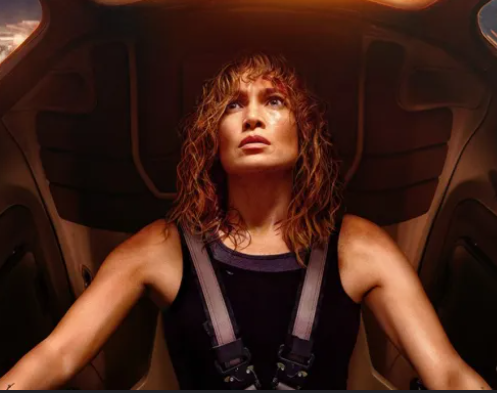It Ends With Us: Ending Explained: Lily (Blake Lively) Moves On from Ryle (Justin Baldoni), But Is a Sequel on the Horizon?
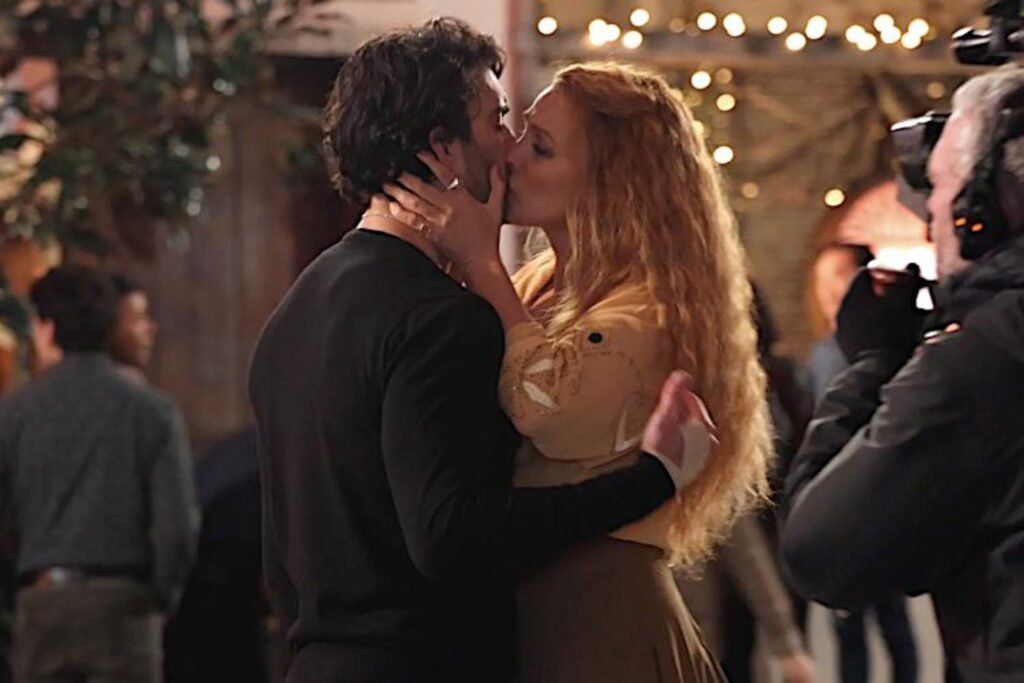
It Ends With Us: A Compelling Tale of Love, Abuse, and Redemption
Blake Lively and Justin Baldoni’s latest film, It Ends With Us, has captivated audiences worldwide with its powerful portrayal of a woman’s struggle against domestic abuse. Adapted from Colleen Hoover’s bestselling novel, the movie follows Lily Bloom (played by Blake Lively), who has been profoundly affected by her childhood experiences of witnessing her mother’s abuse. Determined not to repeat her mother’s fate, Lily embarks on a journey that leads her to a complicated relationship with neurosurgeon Ryle Kincaid (portrayed by Justin Baldoni).
The story unfolds after Lily’s father’s funeral, where she encounters Ryle. Initially, their connection is magnetic, and their relationship appears promising. However, the dynamics shift when Lily unknowingly hires Ryle’s sister at her flower shop. Despite Lily’s clear boundaries, Ryle’s flirtatious advances turn into persistent pressure, culminating in a relationship that soon reveals a darker side.
As their romance progresses, Ryle’s previously hidden abusive tendencies emerge. Lily’s initial lack of awareness about the severity of Ryle’s behavior becomes evident when she reconnects with Atlas, her childhood love. Atlas quickly identifies the signs of domestic violence and urges Lily to confront the reality of her situation. The tension escalates when Ryle’s abusive behavior culminates in a harrowing attempt at rape, which leads to Lily being hospitalized.
In the hospital, Lily learns that she is pregnant, an unexpected twist that profoundly impacts her and adds a layer of complexity to the story. This revelation brings a poignant and hopeful note to the film’s conclusion. Despite the turmoil, Lily’s journey toward self-discovery and healing offers a glimmer of optimism.
It Ends With Us not only addresses the harsh realities of domestic abuse but also portrays a powerful narrative of resilience and hope. As the film wraps up, it leaves audiences reflecting on Lily’s strength and the possibility of a brighter future for her and her unborn child. The ending suggests a potential for growth and redemption, making viewers wonder if Lily’s story might continue in a sequel.
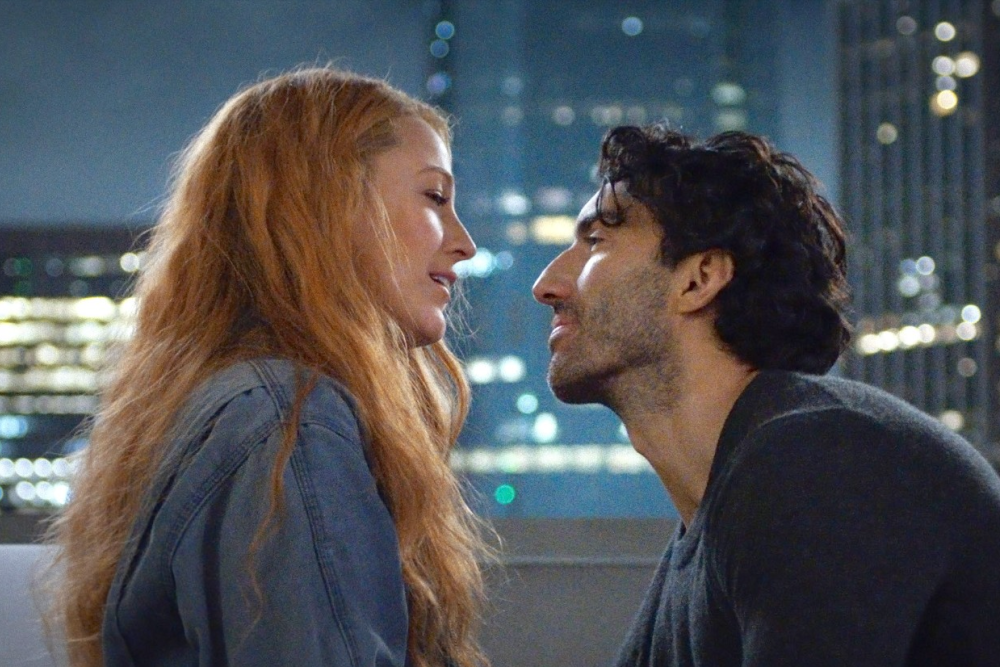
The Defining Moments in It Ends With Us: Lily’s Courageous Journey Toward Liberation and Self-Preservation
In It Ends With Us, the film adaptation of Colleen Hoover’s bestselling novel, Lily Bloom’s journey is marked by two profoundly powerful moments that define her struggle and ultimate resolution. These moments not only highlight her bravery but also underscore the complexities of leaving an abusive relationship. The film vividly portrays Lily’s emotional and physical departure from Ryle Kincaid, reflecting her courageous decision to prioritize her safety and her daughter’s well-being over a troubled relationship.
The first significant moment occurs when Lily physically leaves Ryle after he attempts to rape her. This act of fleeing is driven by her immediate fear for her life, marking a critical point in her battle against domestic violence. The trauma of the assault forces Lily to confront the reality of her situation, leading her to make the painful decision to separate herself from Ryle. This physical departure is a crucial step in breaking free from the cycle of abuse, symbolizing her reclaiming control over her life.
The second powerful moment comes when Lily mentally detaches from Ryle by requesting a divorce. Despite the lingering affection she feels for him, Lily recognizes that her priority must be her daughter. Her decision to leave Ryle mentally is influenced by her desire to provide a better future for her child, one that is free from the abuse she endured. This realization is deeply rooted in her past experiences with her own mother, whose suffering left an indelible mark on Lily. Lily’s emotional breakdown to Atlas, where she confesses her fear of becoming like her mother, is a pivotal scene. She expresses her regret and disillusionment, realizing that intelligence and awareness were not enough to shield her from becoming a victim of abuse.
Lily’s acknowledgment of her mother’s plight and her own vulnerabilities provides a poignant backdrop to her decisions. Despite her belief that she was too perceptive to fall into an abusive relationship, she discovers that intelligence alone does not prevent such circumstances. Her past experiences with her father had desensitized her to warning signs, making it difficult for her to recognize the abuse in her relationship with Ryle.
Leaving Ryle, especially under such dangerous conditions, requires immense courage. The film depicts Lily’s decision to divorce Ryle in a public setting, a strategic move to minimize the risk of retaliation and violence. This choice underscores the high risks domestic violence victims face when attempting to leave their abuser. The film’s portrayal of Lily not maintaining a co-parenting relationship, unlike the book, serves to better protect her child, highlighting a significant departure from the novel’s depiction.
In summary, It Ends With Us powerfully conveys Lily Bloom’s transformative journey through her decisive actions to leave Ryle both physically and mentally. These moments are not only central to her personal growth but also reflect the broader themes of courage and self-preservation amidst domestic violence. Lily’s story, as depicted in the film, emphasizes the profound impact of leaving an abusive relationship and the importance of prioritizing one’s safety and the well-being of loved ones.
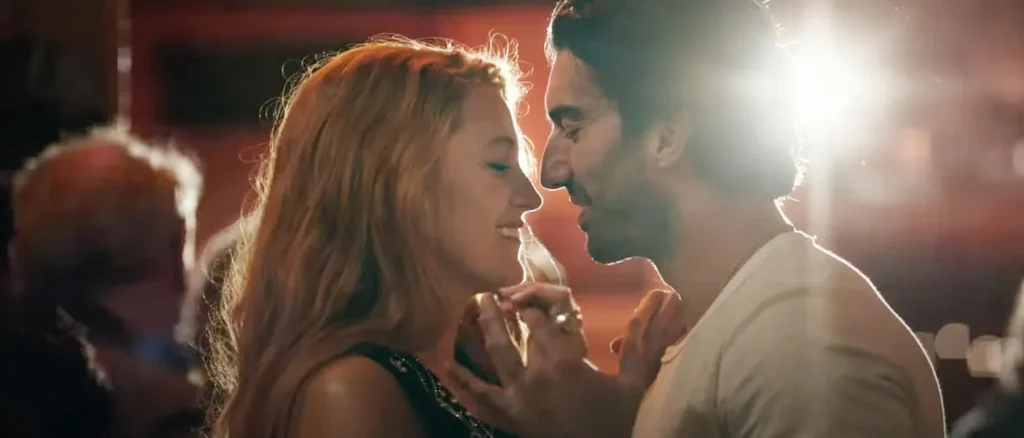
Key Changes in It Ends With Us: A Movie Adaptation’s New Take on Recovery and Parenthood
The film adaptation of It Ends With Us introduces notable changes from Colleen Hoover’s original novel, particularly in its portrayal of Lily Bloom’s journey and her life after leaving Ryle Kincaid. These changes offer fresh perspectives on recovery and parenting, enriching the narrative while delivering a hopeful message about life after abuse.
Life After Abuse: Lily’s Transformation and Hope
One of the most significant deviations from the book is the depiction of Lily’s life between giving birth and reuniting with Atlas. In the film, this period is marked by a noticeable transformation in Lily’s demeanor. Unlike the book, where Lily’s transition from trauma is less explicitly shown, the movie highlights her journey to rediscover joy and vibrancy.
Following the birth of her daughter, Emerson, Lily begins to reclaim her sense of self. The film portrays her as more joyful and expressive, a stark contrast to the emptiness that characterized her interactions with Ryle. This visual and emotional shift underscores a crucial message: life after experiencing abuse can be fulfilling and vibrant. The film emphasizes that while trauma may leave lasting effects, it does not have to define one’s future. Lily’s renewed energy and happiness illustrate the possibility of moving beyond past pain and embracing a hopeful future.
Parenting and Support Systems: A New Approach
Another significant alteration in the film adaptation is the depiction of Lily’s parenting journey. Unlike the book, which features Lily co-parenting with Ryle, the movie shows Lily raising Emerson on her own. This change serves as a powerful symbol of empowerment and independence. By choosing not to co-parent with Ryle, Lily takes a definitive step toward creating a safer and more stable environment for her daughter.
The film also introduces a more robust support system for Lily. Instead of relying on Ryle, she leans on her mother and, eventually, Atlas. This shift in support dynamics highlights the importance of surrounding oneself with positive influences and reliable allies after escaping an abusive relationship. The presence of her mother and Atlas provides Lily with the emotional and practical support needed to build a new life for herself and her child.
By the end of the movie, Lily is depicted as fully committed to providing Emerson with the life she always wanted—a life free from the shadows of abuse. This resolution offers viewers a sense of hope and reinforces the theme that breaking away from an abusive relationship can lead to a brighter, more fulfilling future.
In summary, the film adaptation of It Ends With Us introduces meaningful changes that enhance the story’s message of recovery and resilience. By showcasing Lily’s joyful transformation and her choice to raise Emerson independently, the movie provides a hopeful narrative that underscores the possibility of healing and creating a better life after abuse. These adjustments not only enrich the adaptation but also offer a powerful testament to the strength and courage required to overcome trauma and embrace a hopeful future.
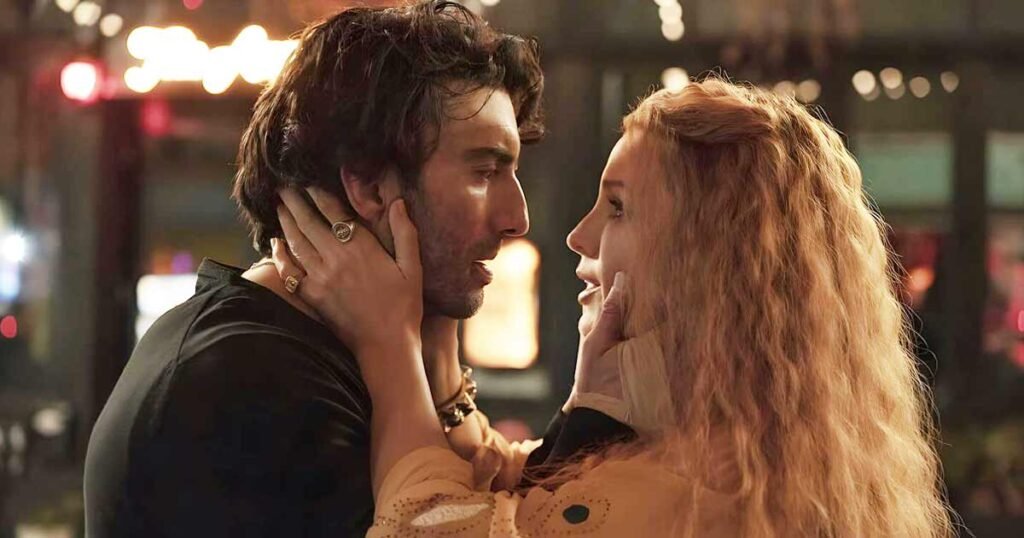
Baldoni’s Praise for Lively: A Director’s Nomination and Reflections on a Challenging Film
Following the highly successful release of the film adaptation of Colleen Hoover’s novel It Ends With Us, Justin Baldoni, who directed the movie, has nominated Blake Lively to direct the prequel film, despite their ongoing professional differences. In an interview with Entertainment Tonight, Baldoni expressed his belief in Lively’s directorial potential, stating, “I think that there are better people for that one. I think Blake Lively’s ready to direct, that’s what I think.”
Baldoni’s comments come as a notable endorsement of Lively’s capabilities, especially considering the significant role she played in the making of It Ends With Us. During his appearance on the TODAY show, Baldoni reflected on the intense challenges he faced while directing the film. He spoke candidly about the difficulties and complexities involved in bringing Hoover’s poignant story to the screen. Despite these challenges, Baldoni was effusive in his praise for Lively’s contribution to the project.
He highlighted Lively’s remarkable impact on the film, emphasizing that her involvement was integral to its success. “You can’t summarize Blake’s contribution in a sentence,” Baldoni remarked. “Her energy and imprint are all over the movie and really, really made the film better, from beginning to end.” This acknowledgment underscores Lively’s profound influence on the project, showcasing her dedication and creative input.
In addition to praising Lively, Baldoni revealed that her husband, Ryan Reynolds, also played a supportive role in the making of It Ends With Us. Reynolds’ involvement adds another layer to the collaborative effort behind the film, further illustrating the strong support system that Lively had during the production.
Baldoni’s nomination of Lively for directing the prequel reflects his confidence in her skills and his respect for her contributions. The acknowledgment of her directorial potential is a testament to her talent and the significant role she played in the success of It Ends With Us. As the film industry continues to evolve, the recognition of Lively’s abilities highlights the importance of supporting and empowering talented individuals in various roles within the cinematic world.
In summary, Justin Baldoni’s endorsement of Blake Lively for the directorial role in the prequel, coupled with his reflections on the challenges of directing It Ends With Us, provides a detailed view of the collaborative efforts behind the film. Baldoni’s praise for Lively’s contributions and the support from Ryan Reynolds further emphasize the significant impact of Lively’s involvement and the strong creative partnerships that contributed to the film’s success.
Stay tuned to Club4Celebs for more updates.


